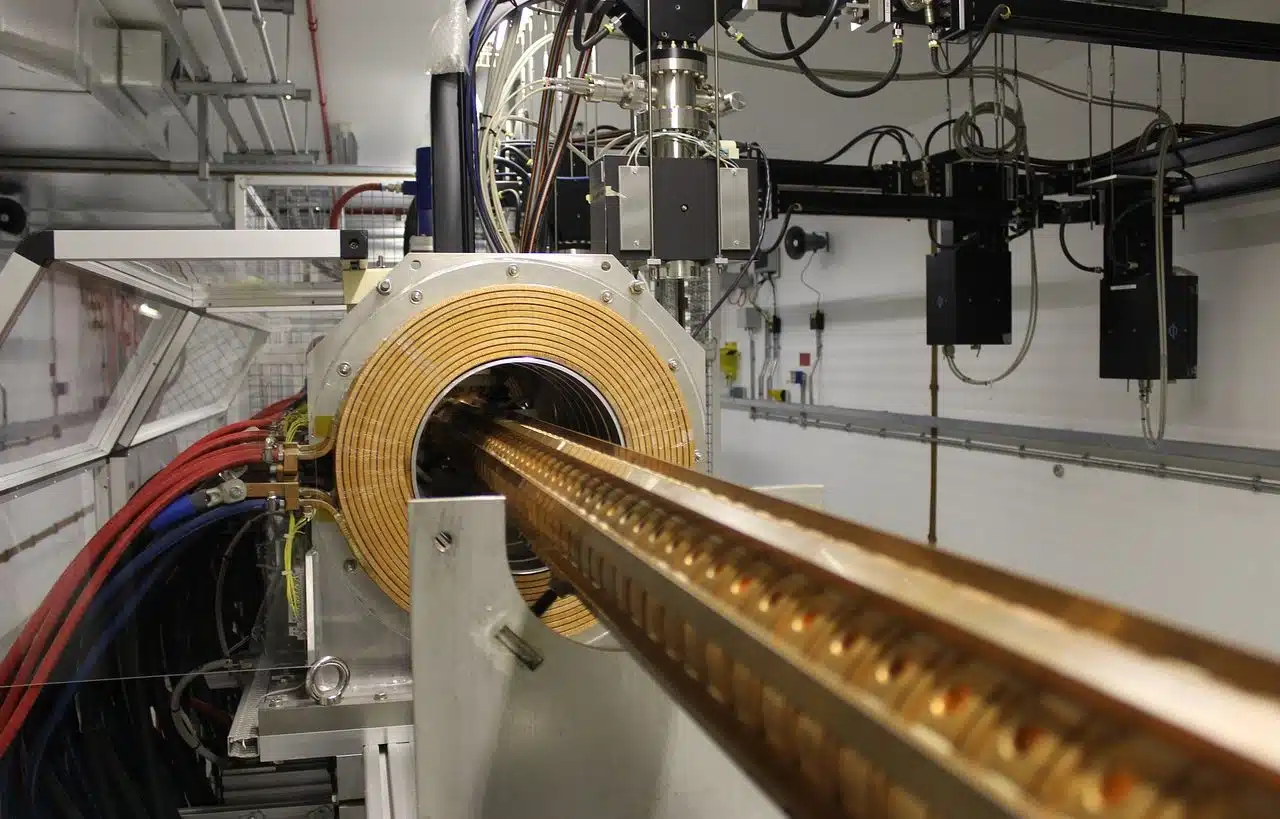
Subatomic particles are smaller than an atom.
A subatomic particle is one smaller than an atom . It is possible that this is an elementary particle , although there are also composite subatomic particles .
Before delving fully into the meaning of the term, it is essential to know the etymological origin of the two words that make it up. Thus, particle derives from the Latin particle , which is made up of the following parts: par, partis , which is synonymous with "part" ; and the suffix -cula , which can be translated as "small" .
On the other hand, subatomic is a neologism that was formed from the sum of three components: the Latin prefix sub- , which means "underneath" ; the Greek term atomon , which is equivalent to "cannot be divided further" ; and the suffix -ico , which indicates "relative to" .
What is a subatomic particle
In the context of chemistry , particles are very small fragments of matter that, despite their tiny dimensions, keep the chemical properties of a substance intact. The adjective subatomic , on the other hand, refers to the level of a structure that is smaller than that of the atom .
Electrons , protons , and neutrons are some examples of subatomic particles. These, in turn, are composed of fundamental particles known as quarks .
The instability
It is important to highlight that it is very difficult to find elementary subatomic particles in a natural state on our planet: due to their instability , they tend to decompose and give rise to other types of particles. Particle accelerators are man-made devices to generate subatomic particles by imitating the behavior of nature .
Beyond neutrons, electrons and protons, which are the best-known subatomic particles, there are other types of elements that share the same condition. Neutrinos , for example, are subatomic particles whose existence was only proven in the mid-1950s. Other subatomic particles are hadrons and pions .

A particle accelerator makes it possible to generate subatomic particles.
The pion, a subatomic particle
The pion, specifically, is a subatomic particle that has a series of basic characteristics, such as these:
- It has zero spin.
- It was discovered in 1935 by Hideki Yukawa .
- It has a mass intermediate between that of the proton and that of the electron.
- It is difficult to detect because it has a very short duration. Specifically, it is established that a charge pion lasts a maximum of one hundred millionth of a second.
- This type of particle is considered to be fundamental. So much so that it is assumed that without it matter as such could not exist. In fact, it is the key to the existence of atomic nuclei.
Subatomic particles such as the pion are an object of study in various branches of physics , such as quantum physics , particle physics , nuclear physics and atomic physics . They are also a point of interest for other specialties, such as quantum mechanics .
